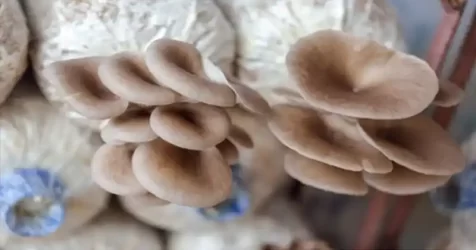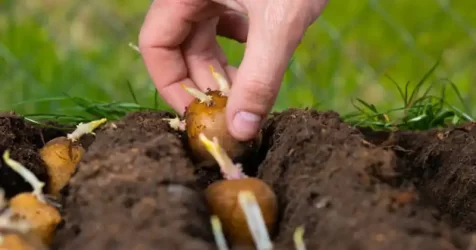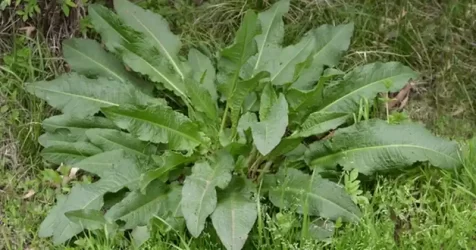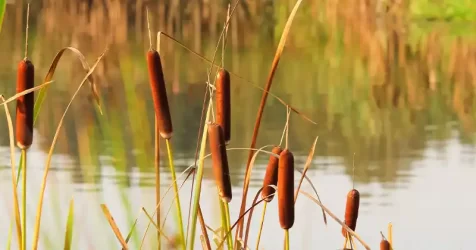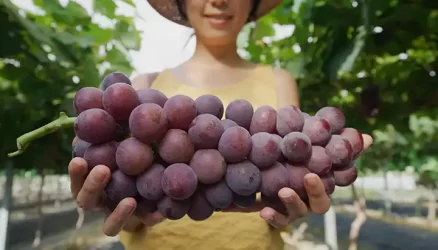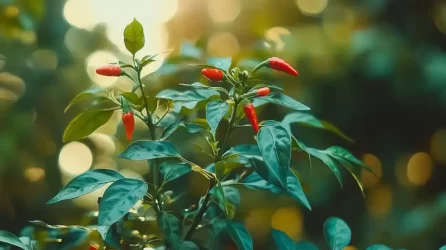How to Identify Crabgrass
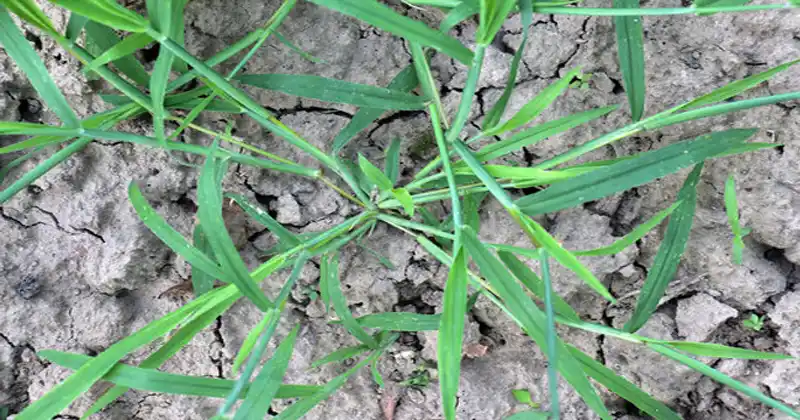
Crabgrass (Digitaria spp.) is a common weed found in lawns, gardens, and agricultural areas. Recognizing it early on can help prevent it from spreading and overtaking desirable plants. This guide will walk you through the essential characteristics of crabgrass, making it easier for you to spot and control it.
Introduction to Crabgrass
Crabgrass, named for its sprawling growth pattern that resembles the legs of a crab, is a summer annual weed. It thrives in warm weather, poor soil conditions, and areas with compacted soil. This invasive grass is notorious for outcompeting other plants due to its rapid growth and adaptability. Learning how to identify crabgrass can help maintain the health and aesthetics of your lawn or garden.
Key Features of Crabgrass
- Leaf Blades
One of the most noticeable features of crabgrass is its broad, flat leaves. The leaf blades are typically green but can take on a slightly bluish hue. They are about 1 to 4 inches long and are covered with tiny, fine hairs. The leaves have a distinctive midrib (central vein) that runs down their center. - Growth Habit
Crabgrass has a prostrate growth pattern, meaning it grows low to the ground and spreads outward. Its stems radiate outward from a central point, often giving it the appearance of a crab when viewed from above. This sprawling nature allows it to cover large areas quickly. The stems, called stolons, often root where they touch the ground, making it harder to control. - Stem Characteristics
The stems of crabgrass are thick and can grow horizontally along the soil surface. They tend to be reddish or purplish at the base, and like the leaves, the stems may have a few fine hairs. This characteristic can be a giveaway when trying to differentiate crabgrass from other grass species. - Seed Head Structure
One of the most definitive ways to identify crabgrass is by examining its seed heads. These form during the late summer or early fall, resembling a cluster of thin, finger-like spikes that spread out like a hand. The seed heads usually consist of two to six spikes, each holding tiny seeds. When mature, these seed heads give crabgrass the ability to reproduce quickly and spread across large areas. - Roots
Crabgrass roots are fibrous and shallow, which allows the weed to spread easily in compacted soil or areas that have experienced drought. However, this also makes it easier to pull out the plant manually if caught early. The roots extend from nodes along the stolons, giving the plant additional anchoring points. - Seasonality and Growth Conditions
Crabgrass thrives in hot, dry conditions and typically starts germinating when soil temperatures reach around 55°F (13°C) in the spring. It flourishes during the summer months and begins to die off in the fall as temperatures drop. Areas with full sun, compacted soil, and thin or poorly maintained lawns are prime environments for crabgrass growth. - Color and Texture
Although crabgrass blends in well with lawns, it can often appear a slightly different shade of green compared to other grasses. It may look lighter, duller, or even slightly bluish-green, especially during periods of drought. Its coarse texture is another distinguishing factor, as it feels rough to the touch compared to softer, finer grasses.
Common Look-Alikes
Several other grass species can resemble crabgrass, making identification tricky. Here are a few plants that are often confused with crabgrass:
- Quackgrass (Elymus repens): While quackgrass grows similarly to crabgrass, its leaf blades are typically longer and have a smoother texture. It also has more prominent auricles (claw-like appendages at the base of the leaf).
- Barnyardgrass (Echinochloa crus-galli): This grass also has a similar growth pattern but differs in its seed head, which is bushier and has a more prominent purple hue.
- Foxtail Grass (Setaria spp.): Foxtail grasses grow in clumps and have a seed head resembling a fox’s tail. The seed head is much denser than crabgrass and does not spread as much.
How to Prevent and Control Crabgrass
Once you’ve identified crabgrass, it’s crucial to take action before it spreads further. Early intervention can help keep it under control.
- Proper Lawn Care: Maintaining a healthy, thick lawn is one of the best ways to prevent crabgrass. Mowing regularly, watering deeply but infrequently, and fertilizing at the right times can promote the growth of desirable grasses, leaving less space for crabgrass to thrive.
- Manual Removal: If caught early, young crabgrass plants can be pulled out by hand. Make sure to remove the entire root system to prevent regrowth.
- Pre-Emergent Herbicides: These herbicides work by stopping crabgrass seeds from germinating in the spring. Applying them at the right time is key to their effectiveness—generally when soil temperatures reach about 55°F (13°C).
- Post-Emergent Herbicides: If crabgrass has already sprouted, post-emergent herbicides can be applied to kill the plants. However, these are often less effective once the crabgrass has matured and gone to seed.
Conclusion
Crabgrass is a resilient weed that can take over lawns if left unchecked. By learning to recognize its unique features—such as its broad leaves, sprawling growth, and characteristic seed heads—you can spot it early and take steps to control it. Whether you’re maintaining a home garden or overseeing a large lawn, staying vigilant about crabgrass identification will help keep your green spaces healthy and beautiful.
This guide provides a thorough understanding of how to identify crabgrass and the steps you can take to prevent its spread. Identifying crabgrass early can make a significant difference in the health of your lawn or garden.
